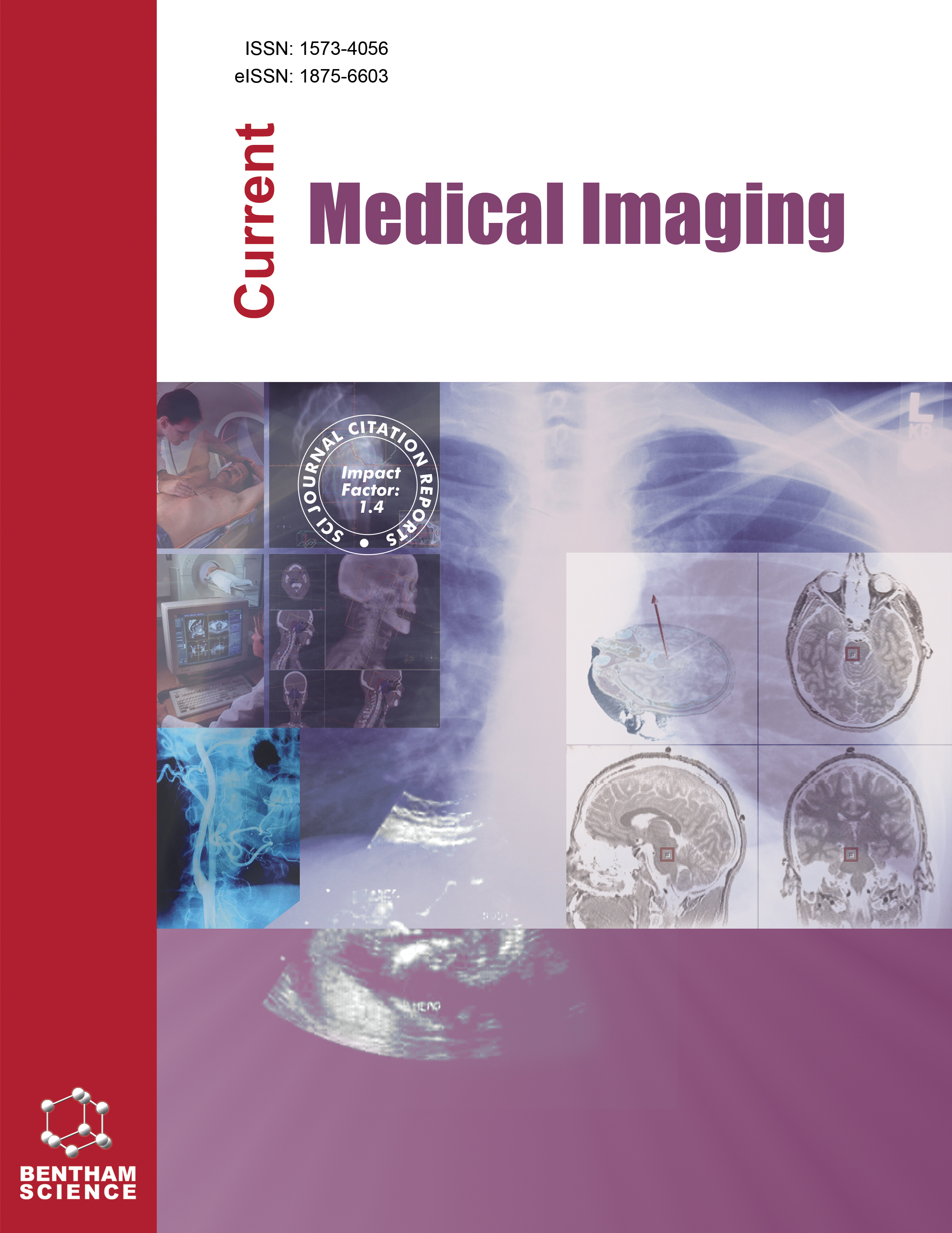-
oa GastroNet: A Custom Deep Learning Approach for Classification of Anomalies in Gastrointestinal Endoscopy Images
- Source: Current Medical Imaging, Volume 20, Issue 1, Jan 2024, E060923220762
-
- 05 Mar 2023
- 01 Aug 2023
- 01 Jan 2024
Abstract
Among all cancer forms, gastrointestinal (GI) cancer is the most serious condition that spreads quickly and requires early detection. GI disorders claim the lives of up to nearly two million people worldwide. To lower the mortality rate from GI cancer, early detection is essential.
For the identification of GI illnesses, such as polyps, stomach ulcers, and bleeding, endoscopy is the gold standard in the medical imaging industry. The numerous images produced by endoscopy require an enormous amount of time for the specialist to diagnose the disease. It makes manual diagnosis difficult and has sparked research on automatic computer-based approaches to diagnose all the generated images quickly and accurately. AI-based algorithms have already been used in endoscopy images with promising outcomes and have enhanced disease identification and classification with precision. However, there are still a lot of issues to be solved, including figuring out potential biases in algorithms and improving interpretability and generalizability.
The proposed GastroNet model creates a system for classifying digestive problems for the Kvasir Version 1 dataset. The framework consists of different CNN layers with multiple filters, and average max-pooling is used to extract image features. The optimization of network parameters is done using the Stochastic Gradient Descent (SGD) algorithm.
Finally, the robustness of the proposed model is compared with other state-of-the-art models like VGG 19, ResNet 50, Inception, and Xception in terms of evaluation metrics.


